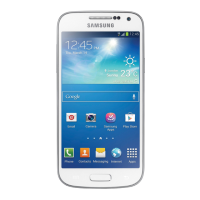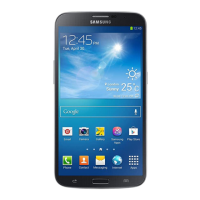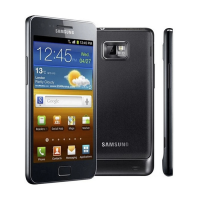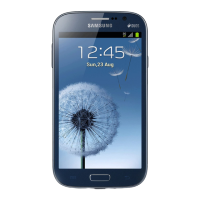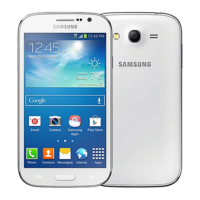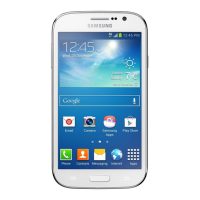
Do you have a question about the Samsung GT-I9190 and is the answer not in the manual?
| Model | GT-I9190 |
|---|---|
| Network | GSM / HSPA / LTE |
| SIM | Micro-SIM |
| Display Size | 4.3 inches (~59.8% screen-to-body ratio) |
| Display Resolution | 540 x 960 pixels (~256 ppi pixel density) |
| Operating System | Android 4.2.2 (Jelly Bean), upgradable to 4.4.2 (KitKat) |
| Chipset | Qualcomm MSM8930 Snapdragon 400 |
| GPU | Adreno 305 |
| Memory Card slot | microSD, up to 64 GB |
| Internal Memory | 8 GB |
| RAM | 1.5 GB |
| Main Camera | 8 MP, f/2.6, AF |
| Video | 1080p@30fps |
| Selfie camera | 1.9 MP |
| Loudspeaker | Yes |
| 3.5mm jack | Yes |
| WLAN | Wi-Fi 802.11 a/b/g/n, dual-band, Wi-Fi Direct, hotspot |
| Bluetooth | 4.0, A2DP, LE |
| GPS | Yes, with A-GPS, GLONASS |
| USB | microUSB 2.0 |
| Main Camera Features | LED flash |
| Radio | FM radio |
| Sensors | Accelerometer, proximity |
| Battery | Li-Ion 1900 mAh |
| Colors | White, Black |
| Display Type | Super AMOLED capacitive touchscreen, 16M colors |
| CPU | Dual-core 1.7 GHz Krait |
| NFC | Yes (Market dependent) |

